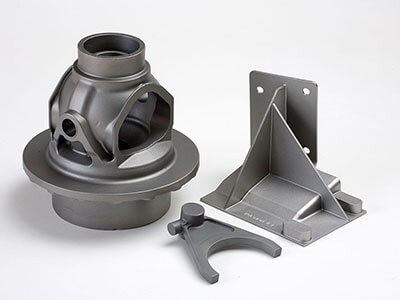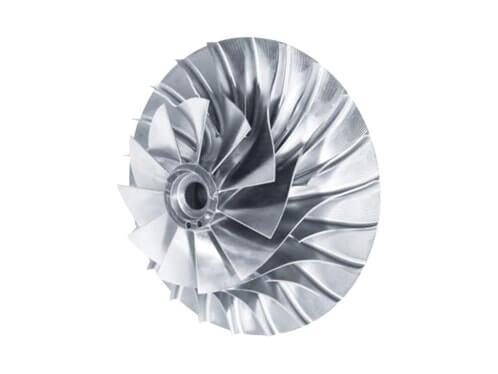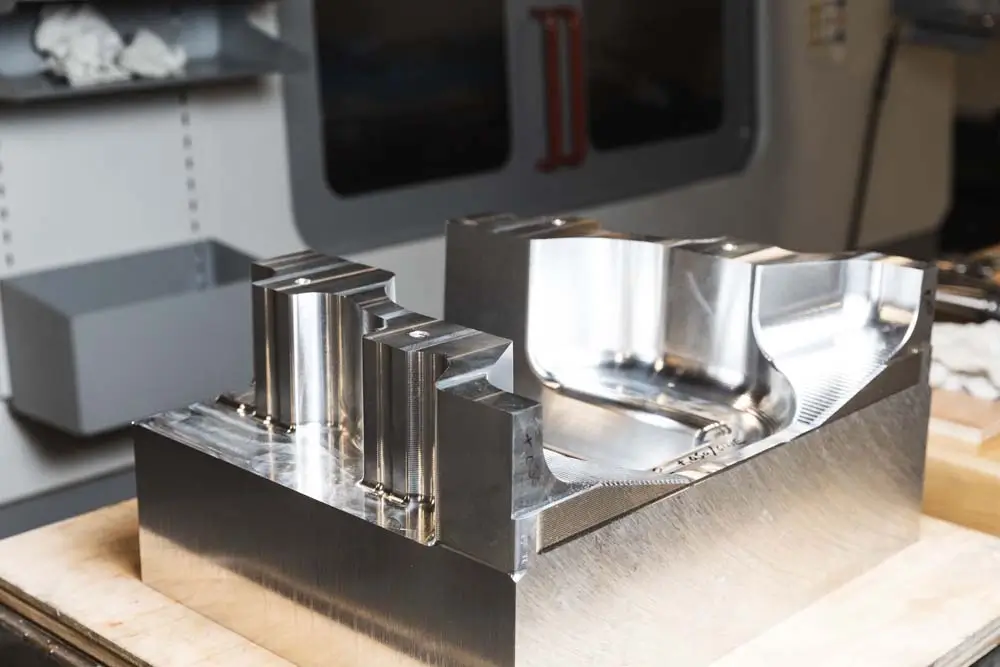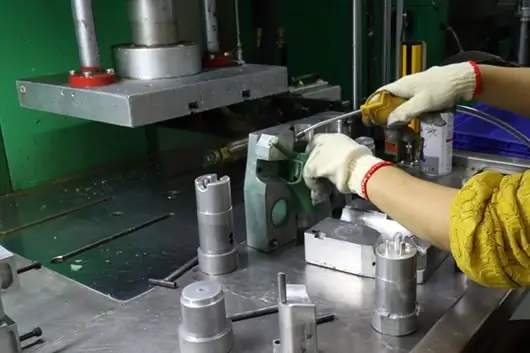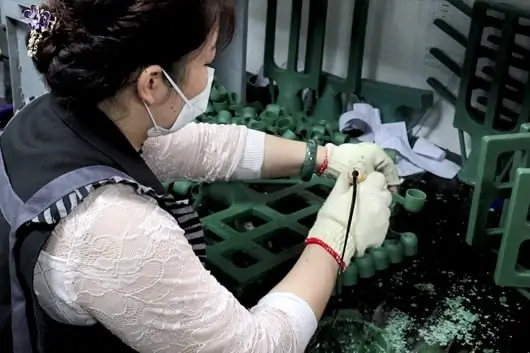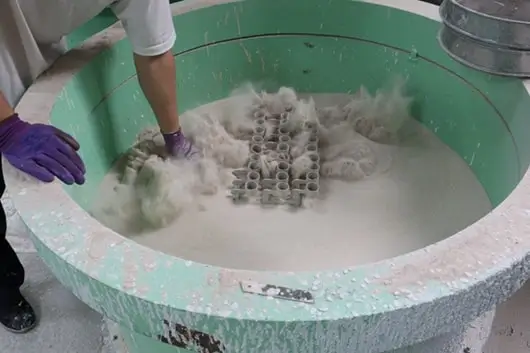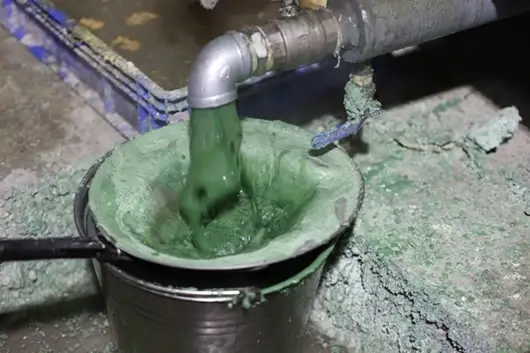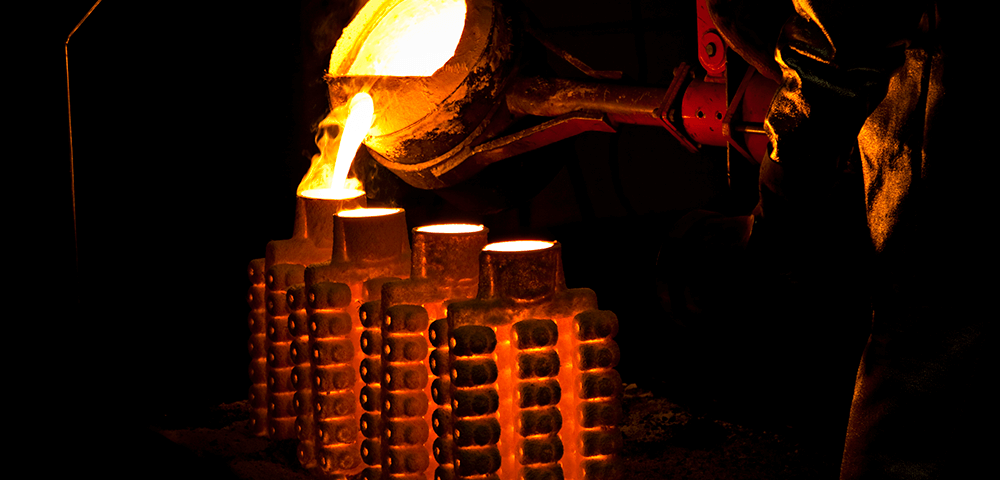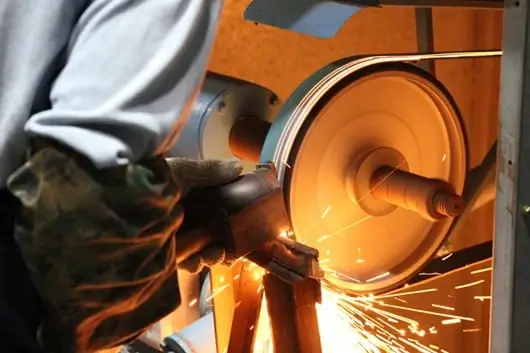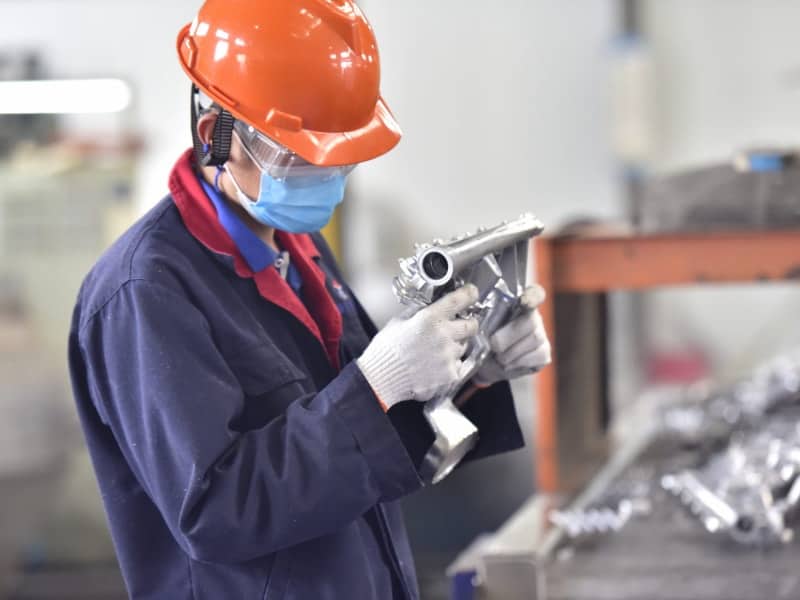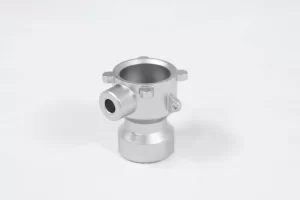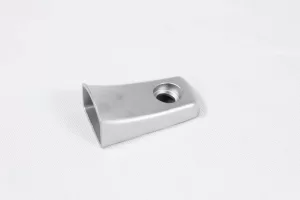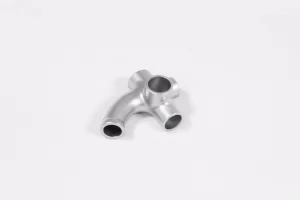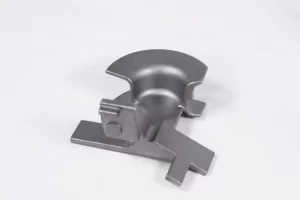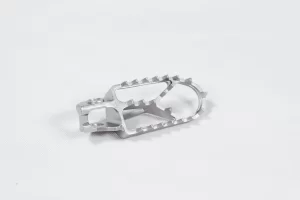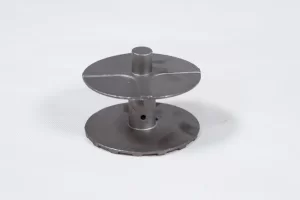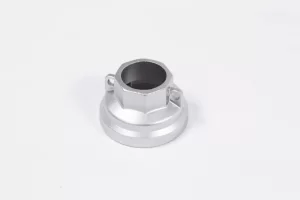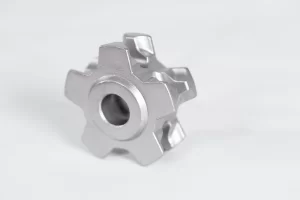| Material |
Grade |
Common Application |
| Stainless Steel |
304 |
Housings, bodies. SS304 is widely used in medical, plumbing, watering, mining and petrochemical industries as the standard for cleanliness as well as corrosion resistance. |
| 316 |
Housings, gears, plates. Superior corrosion resistance of SS316 makes it ideal for many applications including automotive, food & dairy and petrochemical environments. |
| 304L/316L |
Similar to other 300 series steel, low carbon makes it softer but more corrosion resistant. Ideal industries are such as food & dairy, medical and petrochemical. |
| 410 & 416 |
Housings, bushings, handles, brackets. 400 series steels are high strength and very machinable. They will tend to break rather than bend under intense pressure. Ideal industries are automotive, food & dairy and various machine tools. |
| 17-4 |
Very strong. Can be used in military, various machine tools, etc. |
| Duplex Stainless Steel |
2205 |
Duplex stainless steel 2205 consists of a two-phase microstructure — both ferritic stainless steel and austenitic stainless steel. Nitrogen is enhanced in Duplex 2205 compared to other duplexe stainless steel. |
| Super Duplex Stainless Steel |
2507 |
Desalination, marine, pulp & paper mill, chemical process pressure vessels, heat exchangers and piping, oil and gas industry, offshore oil industry. |
| Zeron 100 |
Desalination, flue-gas desulfurization, oil and gas industry, pollution control, chemical, pharmaceutical, mining and mineral industries, pulp and paper, power generation, marine industries |
| Titanium |
Grade 2 |
Chemical process, marine etc. |
| Grade 5 |
Aerospace, medical, marine and chemical processing industries and oil field services. |
| Carbon Steels |
1000 series |
Softest of common carbon steels. More likely to bend rather than break under intense pressure. Commonly used to make cranks, handles, and braces. |
| 4100 series |
High strength material is used when the deformation of a part is not allowed. Commonly used to cast firearm components and ratchets. |
| 8600 series |
8600 series is stronger than 1000 series but will bend prior to breakage. Commonly used to cast firearm components, housings, and nozzles. |
| Tool Steels |
A2, S7, D2 |
Used when parts will be under higher heat due to less distortion. Not corrosion resistant like stainless steel. |
| Aluminum Alloys |
A356 |
Housing, covers, plates. Aluminum is lightweight and extremely corrosion resistant like stainless steel. |
